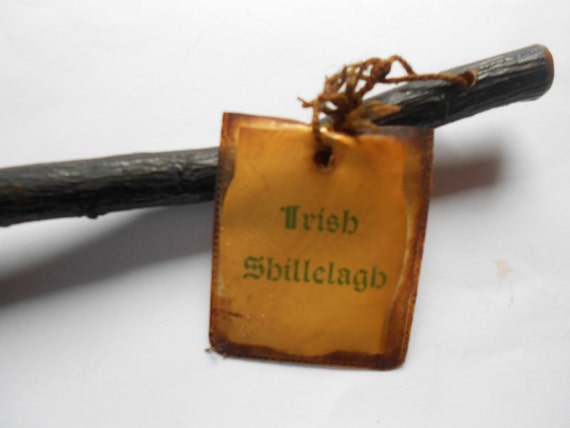

Many non-practitioners think the two Celtic forms are synonymous. Even so, in competitions, the Highland Reel dancers are judged individually.

An example is the Highland Reel, also known as the Foursome Reel, in which groups of four dancers alternate between solo steps facing one another and a figure-of-eight style with intertwining progressive movement. Some Highland dances do derive from traditional social dances. Highland dancing should not be confused with Scottish country dancing which is both a social dance (that is, a dance which is danced with a partner or partners) like ballroom dancing, and a formation dance (that is, a dance in which an important element is the pattern of group movement about the dance floor) like square dancing. Highland dancing is a form of solo step dancing, from which it evolved, but while some forms of step dancing are purely percussive in nature, Highland dancing involves not only a combination of steps but also some integral upper body, arm, and hand movements.

In Highland dancing, the dancers dance on the balls of the feet. Highland dancing is a competitive and technical dance form requiring technique, stamina, and strength, and is recognised as a sport by the Sport Council of Scotland. Some boys were educated in the ways of the Shillelagh by the local Maighistir Prionnsa or “fencing master”.Royal Military College of Canada Scottish highland dance, piper, drummers
#Scottish shillelagh how to#
Fathers taught their sons how to fight and many young boys received shillelaghs as a significant rite of manhood. By the 19th Century Shillelagh fighting had evolved into a martial art. Faction fights remained a common occurrence up until the 1840s and the last recorded brawl took place in 1887 at a fair in Co. While most of these fights were purely for sport they eventually took on a political and violent edge as the years went on. During the 18th century bataireacht was practiced primarily with Irish gangs called “factions” who often fought each other at gatherings and events. It seems that from the original Irish staff, spear, axe, stick and sword fighting methods originated the later form of Irish stick fighting which came to be associated with the Shillelagh.īataireacht and “Shillelagh Law” The Shillelagh was the primary weapon used in Bataireacht – a form of traditional Irish stick fighting popular in the 18th and 19th centuries. There are some historical records and references that say the practice of stick-fighting in ancient Ireland was an analog to help train Irish warriors in broadsword and sabre fencing. Shillelaghs can be everything from ornamental keepsakes to walking sticks to lethal fighting sticks, especially when fashioned with lead “loaded” heads. Blackthorn has unique properties and it delivers the correct blend of lightness and hardness which follows a process of cutting, seasoning, oiling, fashioning and sealing.

It is typically made from a stout knobby and knotty stick with a knotty head, which can be used for gripping or striking. The Shillelagh was commonly used as a walking cane or walking stick, and can sometimes be described as a cudgel. Shillelaghs are usually made from Blackthorn wood with a leather wrist strap joined to the handle. The Shillelagh is thought to have originated in the village of Shillelagh, County Wicklow, which was once said to be surrounded by vast oak forests. His followers became known as the “Siol Ealaigh” meaning the seed or descendants of Ealach.
#Scottish shillelagh mac#
The word Shillelagh comes from the Irish phrase sail éille which translates into English as “thonged willow-stick.”Īnother origination story states that the name came from a king or clan chieftain, Ealach Mac Faelchon who lived in the 7th century AD.


 0 kommentar(er)
0 kommentar(er)
